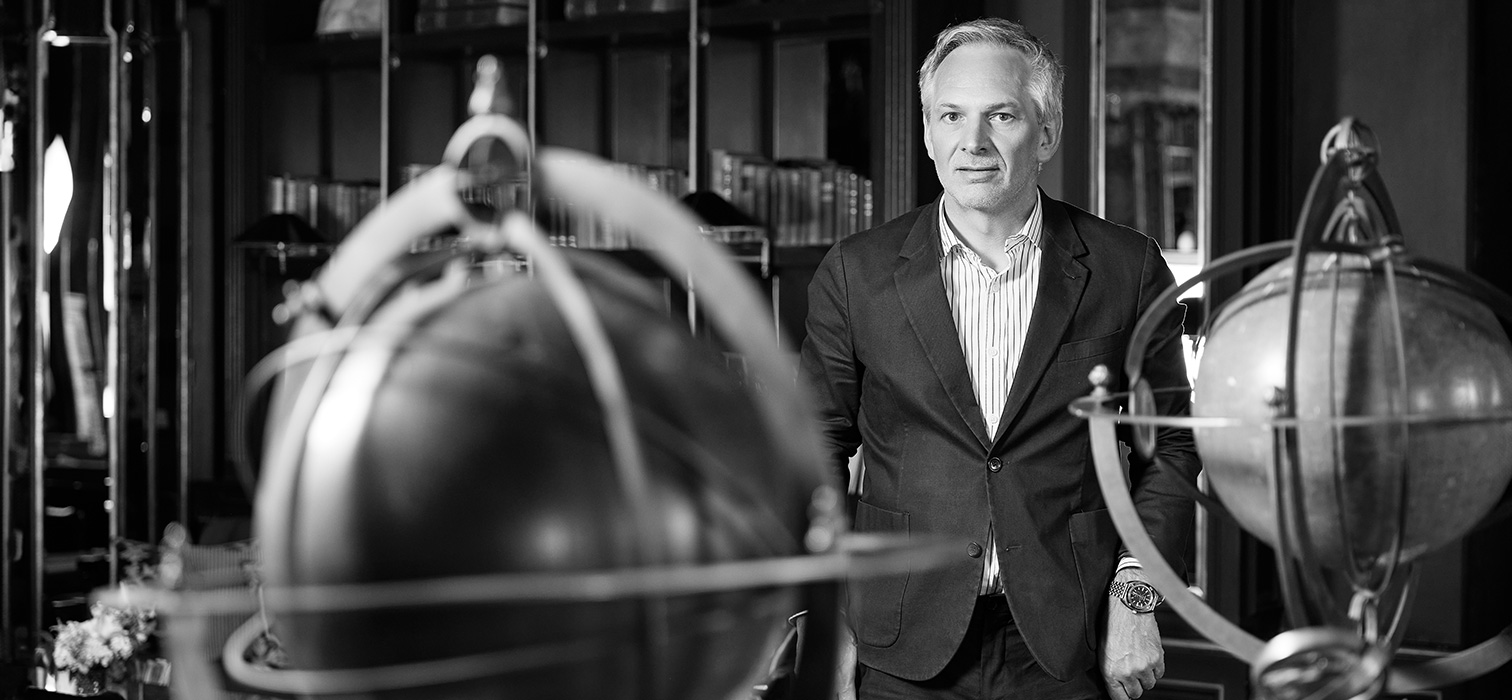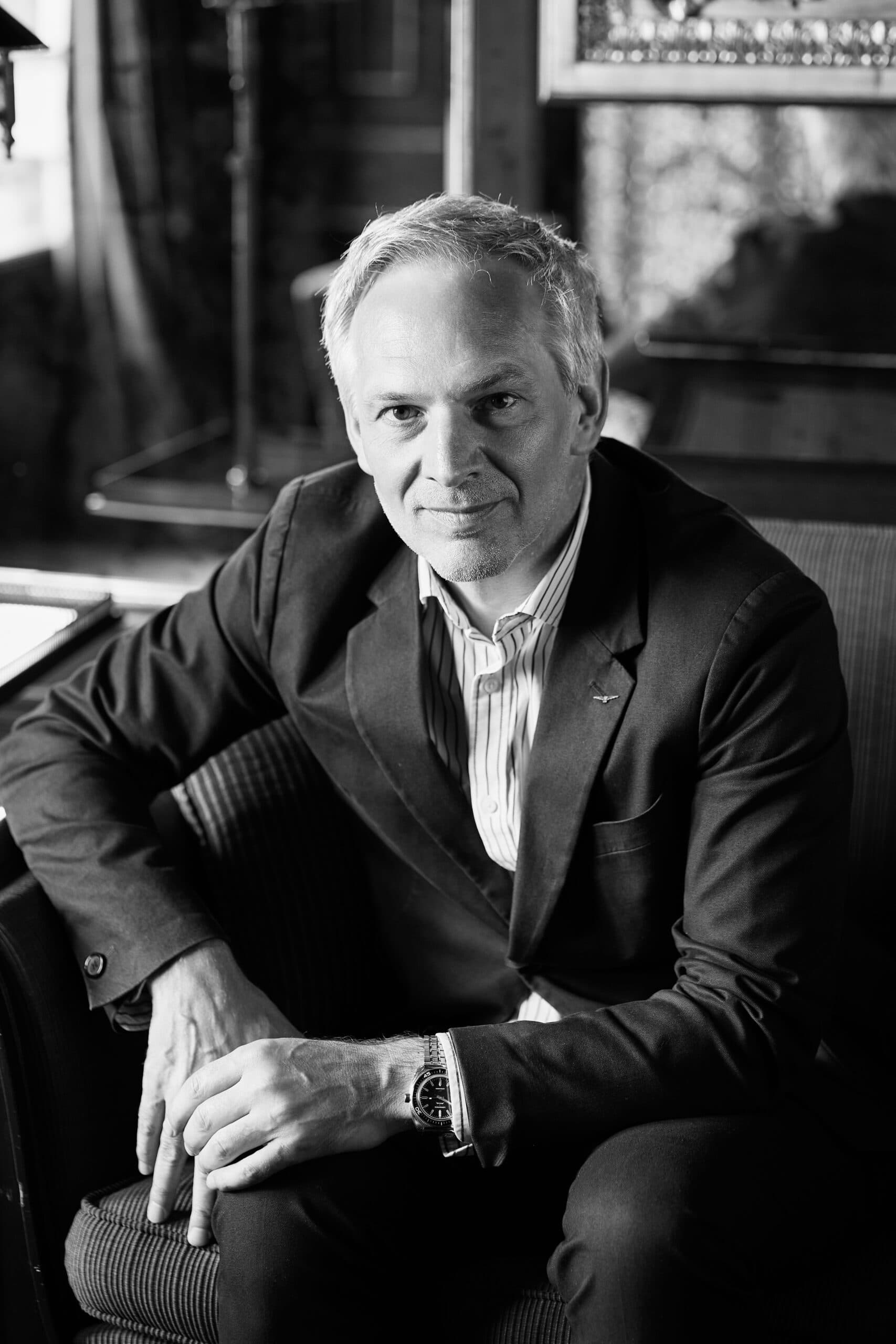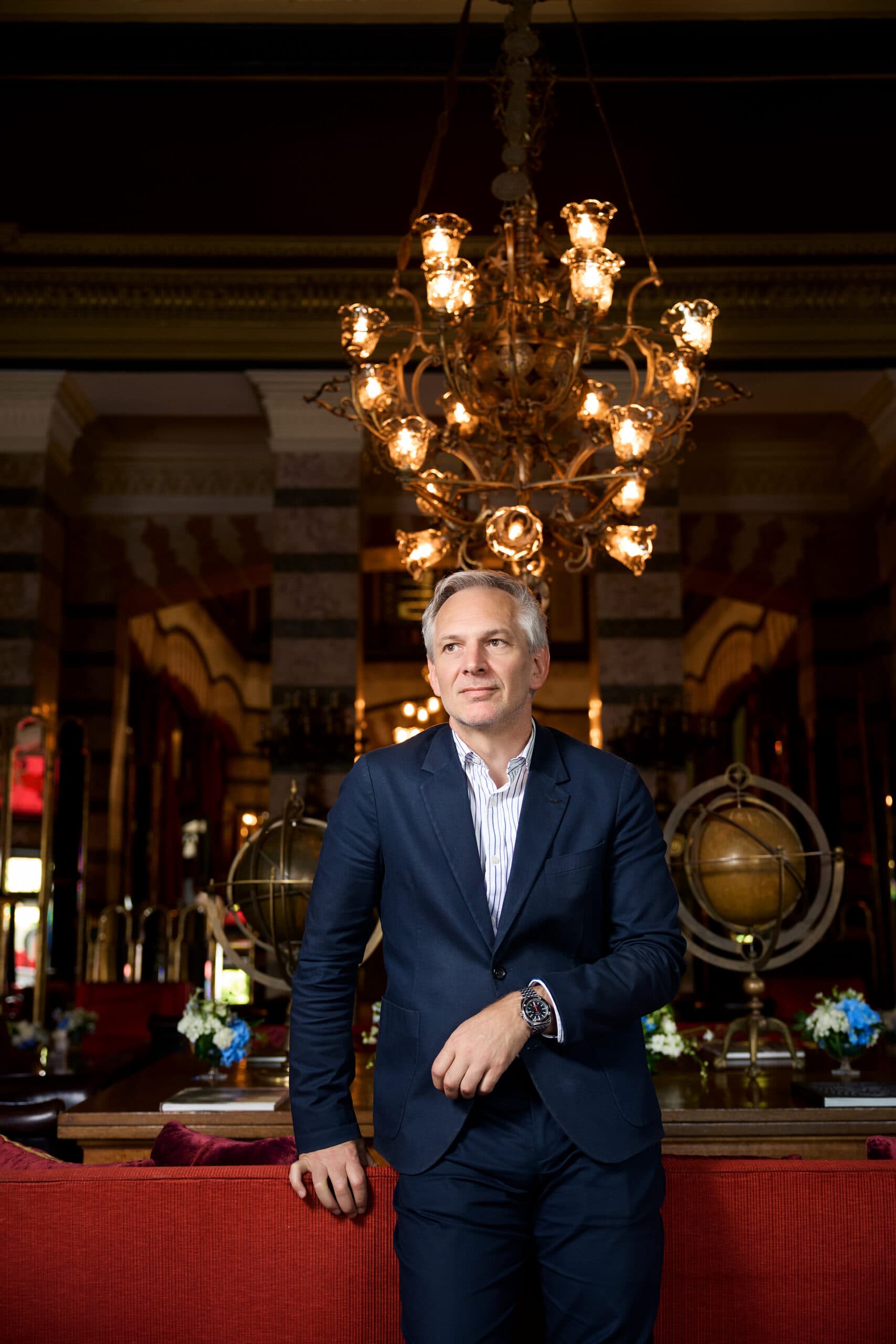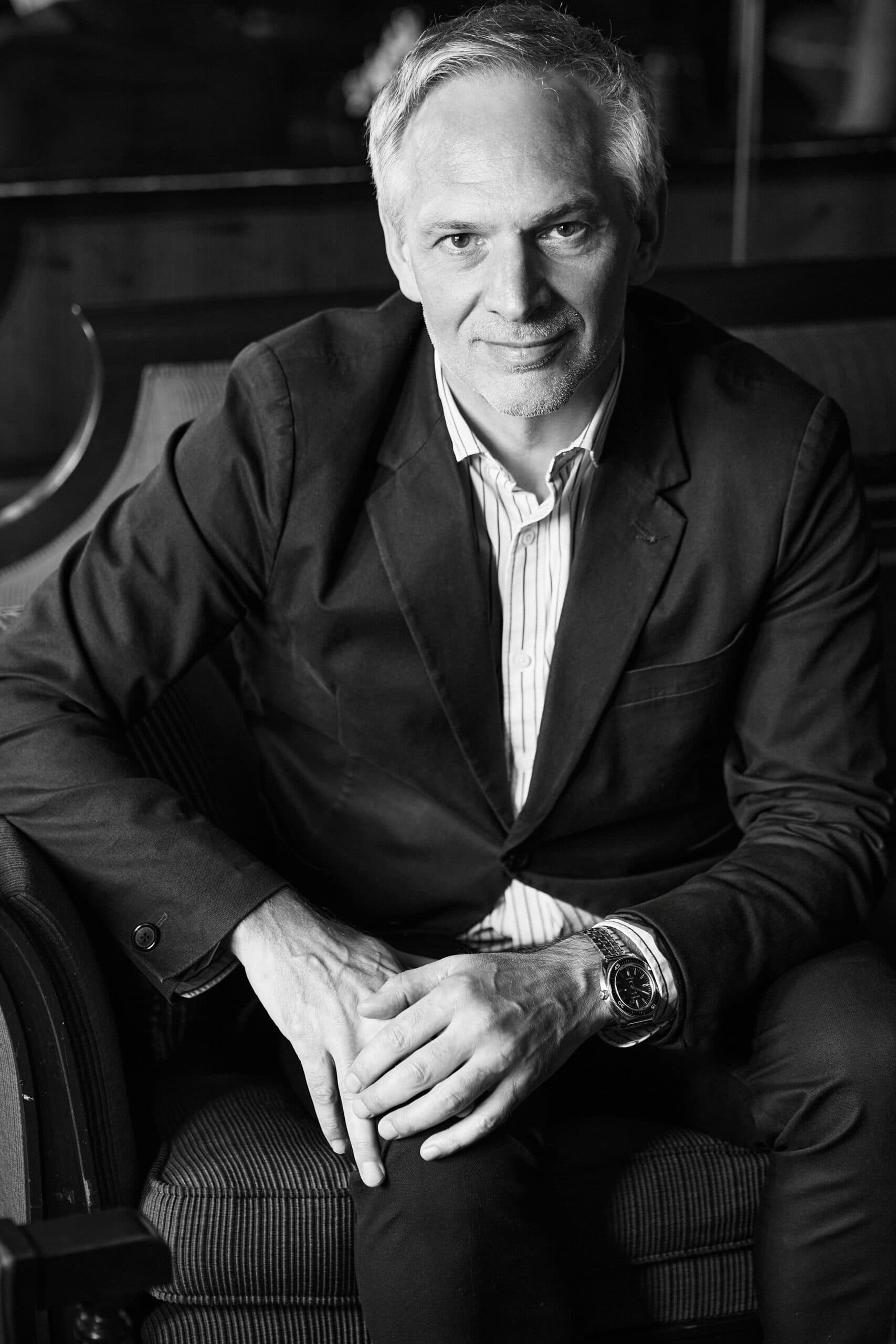
Before the Longines event discussing the brand’s history in the Ottoman era, we had the opportunity to sit down with Longines Heritage Director Daniel Hug.

At the beginning of the 20th century, the famous Orient Express, traveling from the heart of Europe, Paris, to the jewel of the Orient, Istanbul, was revitalizing Ottoman lands in international trade by connecting cities with long railways. However, the cities connected by these extensive railways could not meet in the same time zone. In the Ottoman Empire, time was running differently compared to European cities, and a local timekeeping system was used. A solution to this time discrepancy came from the Swiss watch brand Longines. The brand developed the first pocket watch capable of displaying two different time zones in 1908. This is how Longines’ path intersected with the Ottoman Empire. This two-century-old story was shared with watch enthusiasts at a recent event hosted by Longines at the Pera Palace, where the brand’s Heritage Director Daniel Hug narrated the tale. Before this enjoyable event, we met with Daniel Hug to hear about the Longines legacy for the readers of Saatolog.
Can you tell us about Longines’ place in the watch industry?
By the late 1920s, we had developed many innovations still in use today, from flyback chronographs for pilots to dual-time zone wristwatches announced in 1925. In 1931, the first wristwatch with a rotating bezel, the Longines Lindbergh, was designed. This was followed by the first high-frequency mechanism produced for a wristwatch in 1959, which was more accurate than all mechanical watches produced in the early 1960s. The Longines legacy shows our achievements to this day, inspiring us to develop new models. Especially the 1920s and 30s were significant years for professional timekeeping and supplying watches to aviators. All these innovations place Longines in a unique position compared to other brands.
For you, which is the most interesting side of Longines?
One of the most interesting aspects of Longines is undoubtedly its significant historical contributions and innovations. With a rich history in horology, Longines has made numerous advancements in timekeeping. Notably, the dual time zone indicator and rotating bezel, developed for early aviation, emphasize the brand’s pioneering role. The high-frequency pocket watch from 1914, which measured to 1/10th of a second, and the model from 1916, which measured to 1/100th of a second, showcase Longines’ precision and engineering excellence.

Could you tell us about the meaning of “Elegance is an Attitude” slogan?
The slogan “Elegance is an Attitude” reflects Longines’ design and branding philosophy. It suggests that elegance is not merely a physical attribute but also a state of mind and a manner of behavior. Elegance is embodied in Longines designs through both aesthetics and functionality. Details like diamond-studded dials and rectangular cases illustrate the brand’s commitment to timeless and graceful design. This elegance is evident not only in the external appearance but also within the inner mechanisms, ensuring that Longines watches offer a satisfying experience both aesthetically and technically.
We also see the brand’s heritage in the Longines Museum. How do you select the watches to add to the museum collection?
There are several criteria, of course. The watches need to be original and in good condition, and they should have a significant place in our history or a notable technical achievement. Rarity and whether the previous owner was a famous person are also among the criteria.

Which is your favorite timepiece from the museum?
One of my favorite pieces in the museum is Amy Johnson’s wristwatch. Johnson was a pioneering female pilot who served as a role model for women of her time. She wore a Longines watch with a rotating bezel, which is on display in the museum today.
We started our conversation with Longines’ heritage; as we conclude, I’d like to ask about the place of watches in human history.
It’s a question that could have a very long but equally beautiful answer. One of the things that fascinates me about watches is how they connect people. Watches synchronize us with our friends with whom we will meet at a specific time of the day. We need watches to arrange meetings and meet friends. A mechanical watch tracks our movements and informs us about the universe and the phases of the Moon. In short, watches synchronize our lives.

